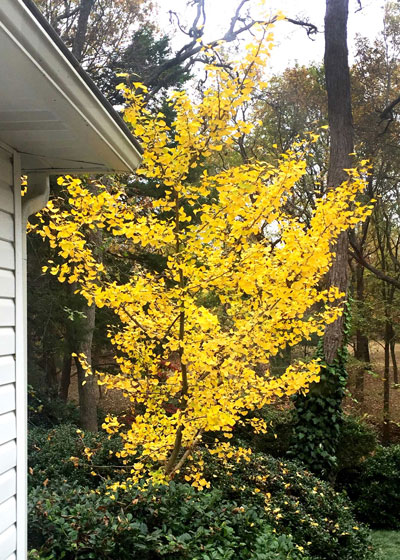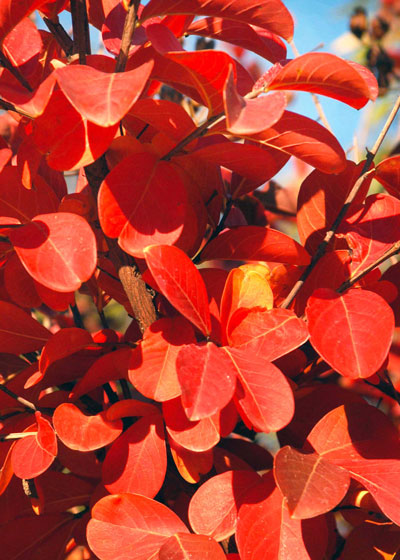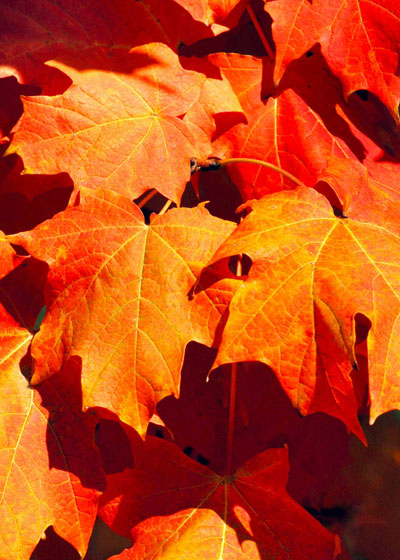Fall Color Isn’t the Final Answer
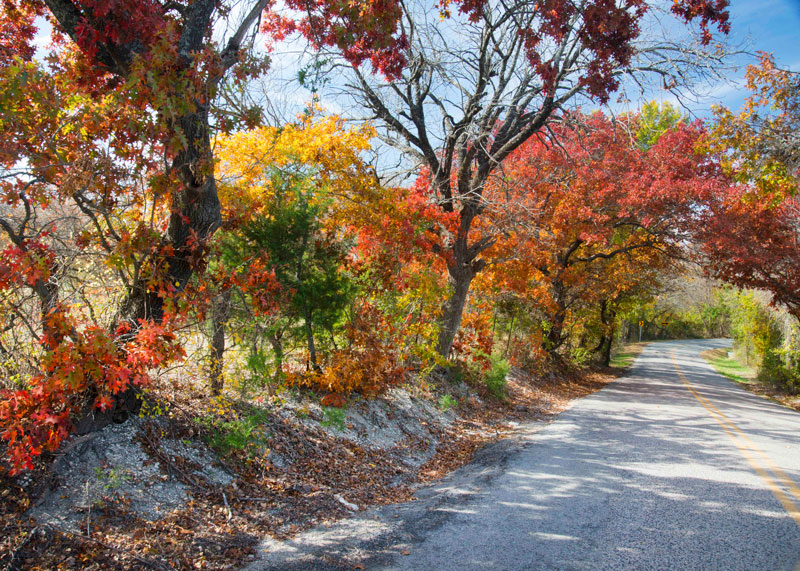
The TV weather segment begins with photos sent in by viewers. Sometimes it’s storm clouds and sometimes it’s sunsets. Recently it’s been fall colors of shade trees and how lovely this fall has been.
That’s odd, too, because about the middle of August we weren’t really sure any of our trees would still be alive by the time fall finally arrived. The unusually hot summer and the excruciatingly long drought looked like they were taking things down.
But fall rains came just in time and the trees (for the most part) perked back up. Some even put out a burst of new growth. Then a prolonged cool spell hit in late October into November and it started the pigments turning. As with so many weather events, it was the culmination of several perfect storms.
At least that’s what it was where I live and garden, and other gardeners have told me they’ve seen the same in other parts of our state.
This sort of thing doesn’t happen every year in Texas. That’s why New England has the reputation for incredible fall color and why we really don’t. But every once in a while we Texans do get lucky, and this was a nice year.
That said, here are my short warnings…
Call me Scrooge McGardener if you will, but I’ve always made it my policy to give you the facts as I see them, and here are a couple that need to be stated.
• Don’t buy a shade tree based solely on the fact that it has outstanding fall color.

Best example: Those ornamental pears (like Bradford) are unequalled for their spectacular autumn show, but they are very short-term investments in landscaping. They will soon break your heart as their trunks split and break your car or your roof. They have very narrow branch angles so their limb structures are extremely weak. Almost every Bradford pear will have one or more major branches (if not half the entire tree) split in a wind or ice storm by the time the tree is only 15 or 18 years old.
• Same hymn, second verse: Fall color only lasts a few days before wind or rain causes the leaves all to drop. They’re great while they last, but do you really want a shade tree that’s less than perfect 50 weeks out of the year just because it’s going to dazzle you for 10 or 12 days every November?
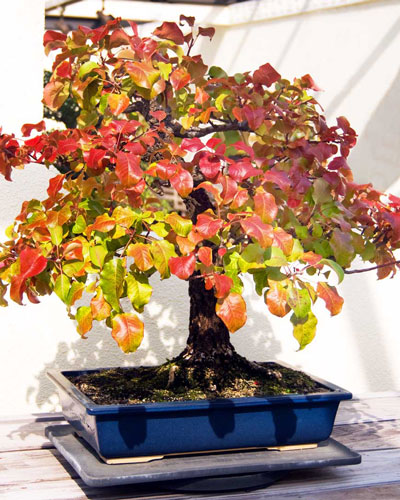
There are many factors that need to be considered in choosing a shade tree. Fall color can be one, but so could spring color and winter fruit. But the truth is that prime considerations should be given to mature size and growth form, adaptability to soils and climate, resistance to insects and diseases and year-round attractive habit – not just short-term appeal.
Here are a few suggestions for big parts of Texas. These are some of your best options for dependable fall color with trees that are great the rest of the year as well. Your Texas Certified Nursery Professional will have additional suggestions for your area.
Reds…
• Chinese pistachio
• Red oaks (several types, commonly Shumard red oak)
• Dogwoods (acidic soils only)
• Shantung maple
• Fire Dragon maple
• Crape myrtles (many years)
Golds…
• Ginkgo Autumn Gold (slow-growing, but stunning)
• Chalk maple (not common, but a 30-year performer in our landscape)

